
The Antarctic ozone hole did not cause global warming. But there is a connection between climate and the annual thin spot that forms each spring in Earth’s UV-blocking ozone layer: colder winter temperatures tend to lead to larger ozone holes.
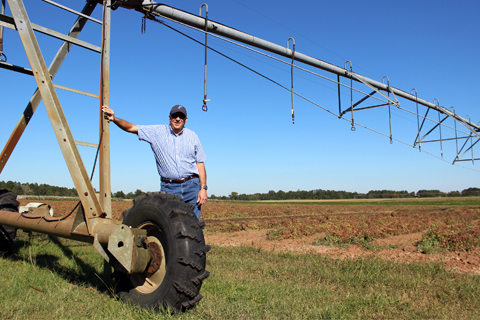
In the Southeast, a conventional crop rotation is two years of cotton followed by two years of peanuts. In this extended interview, Ron Bartel explains why farmers should consider a grass rotation, as well.

We're nine laps into the race to set a new global annual temperature record. NOAA climate scientist Deke Arndt talks about how this year's race might end--and why yearly rankings tell us less about the big picture of climate change than we might think.

Warming ocean temperatures in the Atlantic may allow for the expansion of tropical fish species into areas formerly too cold for them to thrive. Observations from the past decade off North Carolina link warm years with denser populations of the destructive lionfish.

NOAA’s National Climatic Data Center announced that last month was the warmest September on record for the planet. If the surface temperature remains elevated at the same level for the remainder of the year, 2014 will set a new record for the warmest annual average temperature since records began in 1880.
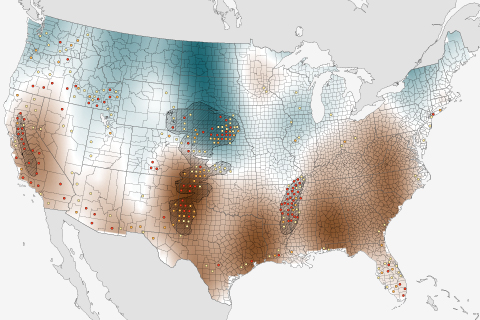
The spotlight may have been on California this past summer, but groundwater reservoirs—often the back-up for surface water supplies during prolonged drought—are in decline across much of the southern United States. Meanwhile, people are using millions of gallons of water per day in regions dependent on groundwater aquifers
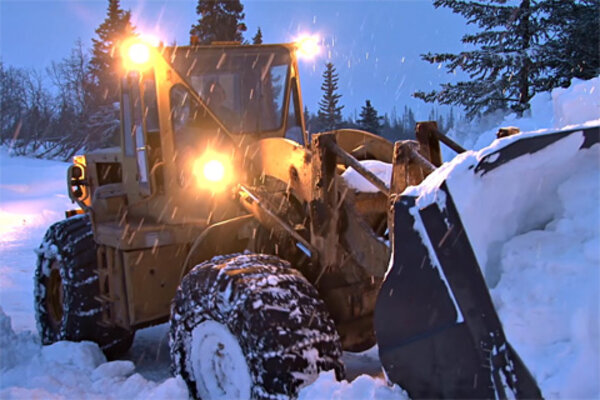
Winter Outlook 2014-2015
October 15, 2014
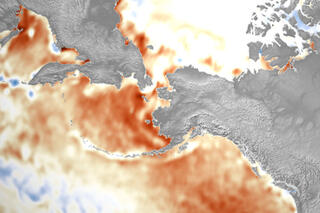
Record September warmth for Alaska maritime locations
October 14, 2014

Florida's humid climate is a major headache for strawberry growers. An alert system that warns of fungus-friendly weather conditions has reduced costs and risks associated with unnecessary chemical spraying.
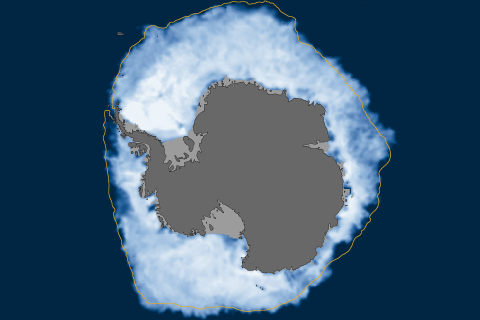
Antarctic sea ice extent set a new record high for daily extent on September 22, 2014. Climate scientists suspect the new record is linked to strong winds and melting ice shelves.